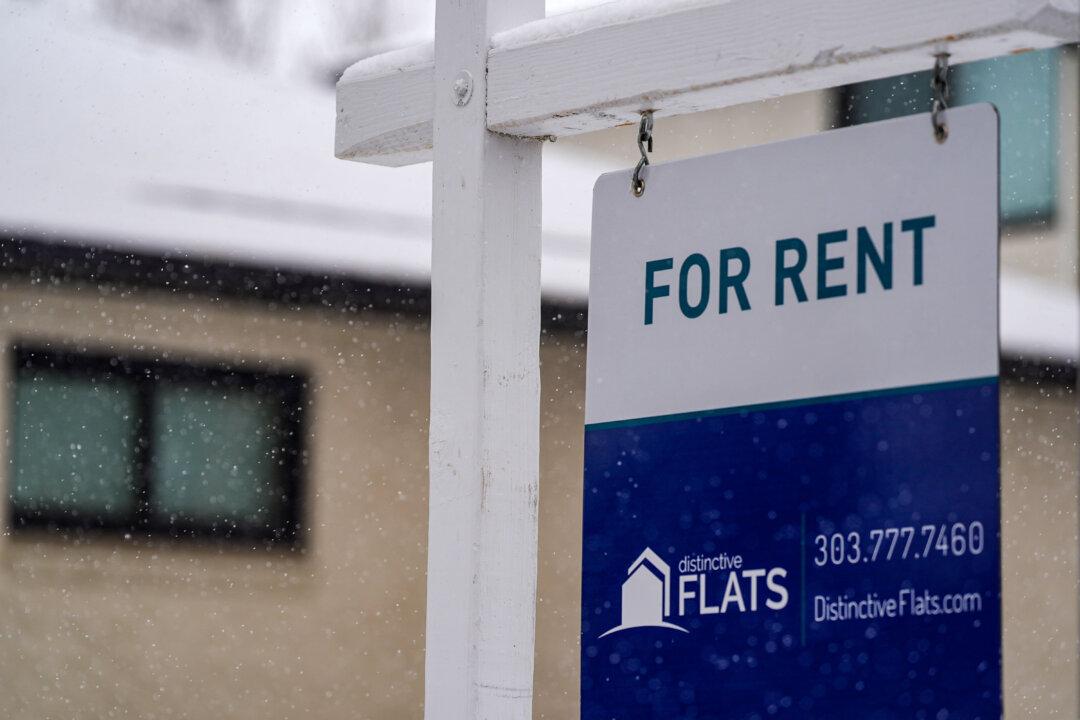First Republic Bank announced “unprecedented deposit outflows” in the quarter ended March 31, with the news sending the company’s stock crashing by over 20 percent.
As part of cutting down expenses, First Republic intends to reduce workforce by around 20–25 percent in the second quarter, the bank said.
At the New York Stock Exchange, the stock price of First Republic fell from around $16 to roughly $12.40 after the closing bell on Monday, a decline of over 22 percent. Year to date, the stock has fallen by 86 percent as of April 25.
Neal Holland, chief financial officer of First Republic, blamed the “unprecedented deposit outflows” in the quarter on the closure of multiple banks in March.
“We moved swiftly and leveraged our high-quality loan and securities portfolios to secure additional liquidity. We are working to restructure our balance sheet and reduce our expenses and short-term borrowings,” he said.
Restructuring Business
According to First Republic, the bank is taking several actions to strengthen its business as well as restructure the balance sheet.“These actions include efforts to increase insured deposits, reduce borrowings from the Federal Reserve Bank, and decrease loan balances to correspond with the reduced reliance on uninsured deposits.”
“Through these actions, the bank intends to reduce the size of its balance sheet, reduce its reliance on short-term borrowings, and address the challenges it continues to face.”
In addition to reducing the workforce, other expense control measures the bank plans to implement include a “significant reduction” in executive officer compensation, scaling down on non-essential projects and activities, and condensing corporate office space. “The bank is pursuing strategic options to expedite its progress while reinforcing its capital position.”
First Republic has also decided to suspend dividends on stock. “In response to recent events, as announced on March 16, 2023, the bank’s board of directors determined to suspend its common stock dividend,” the bank stated.
Stable Deposit Activity, Easing Volatility
First Republic’s deposit issues began on March 10 after the collapse of the Silicon Valley Bank (SVB). It began to experience “unprecedented deposit outflows.” On March 16, First Republic received $30 billion in deposits from banks, including Bank of America, Citigroup, JPMorgan Chase, and Wells Fargo.Beginning March 27, deposit activity began to stabilize and has “remained stable” through April 21, according to First Republic. As of April 21, deposits at the bank totaled $102.7 billion, down only by 1.7 percent from March 31.
Meanwhile, signs are emerging that the financial market volatility that has been ongoing since March may be coming to an end. Top central banks plan to reduce their frequency of dollar liquidity operations with the Federal Reserve beginning next month.
In late March, the Fed began offering dollars in daily tenders following the SVB collapse. However, the central banks of Britain, Switzerland, Japan, and the eurozone are now reverting to the usual weekly tenders.
Swap lines are normally opened to ease strains on global funding markets and represent cooperation between top global central banks. The phasing out of daily tenders is an indication that volatility is easing.





